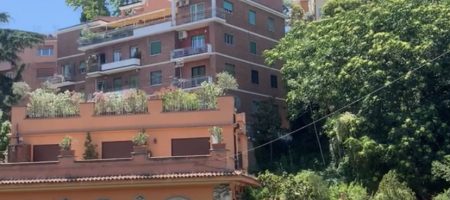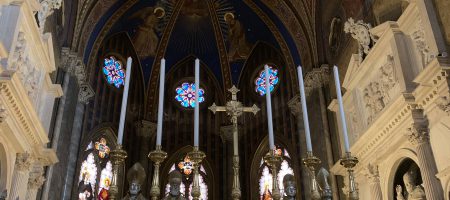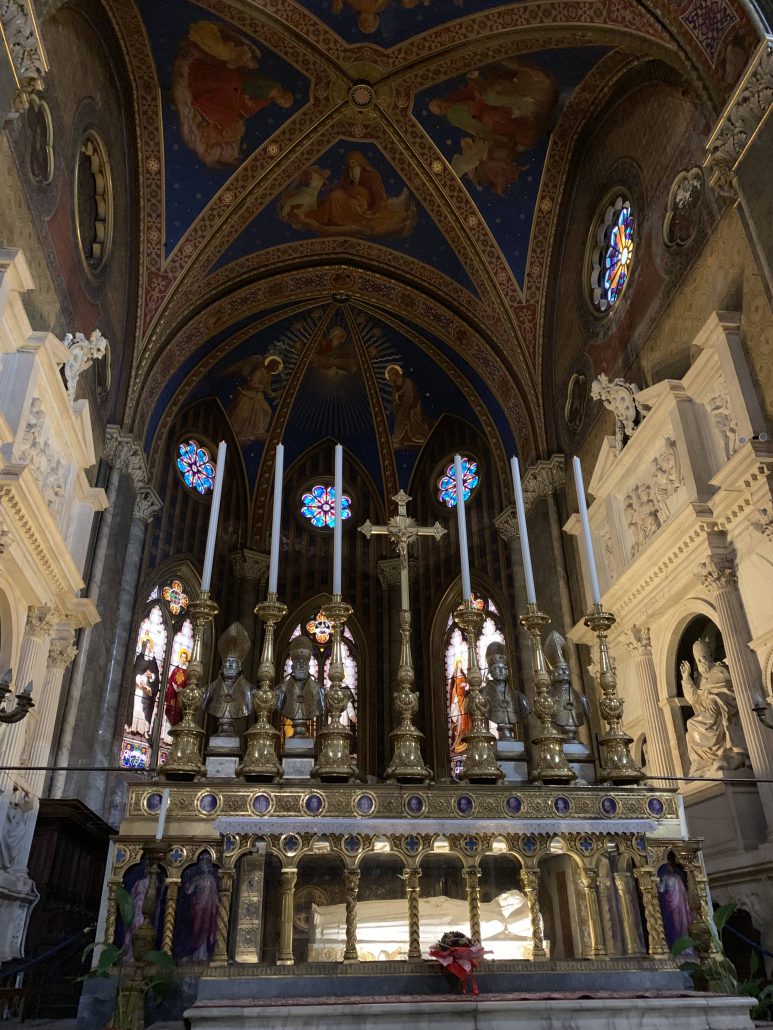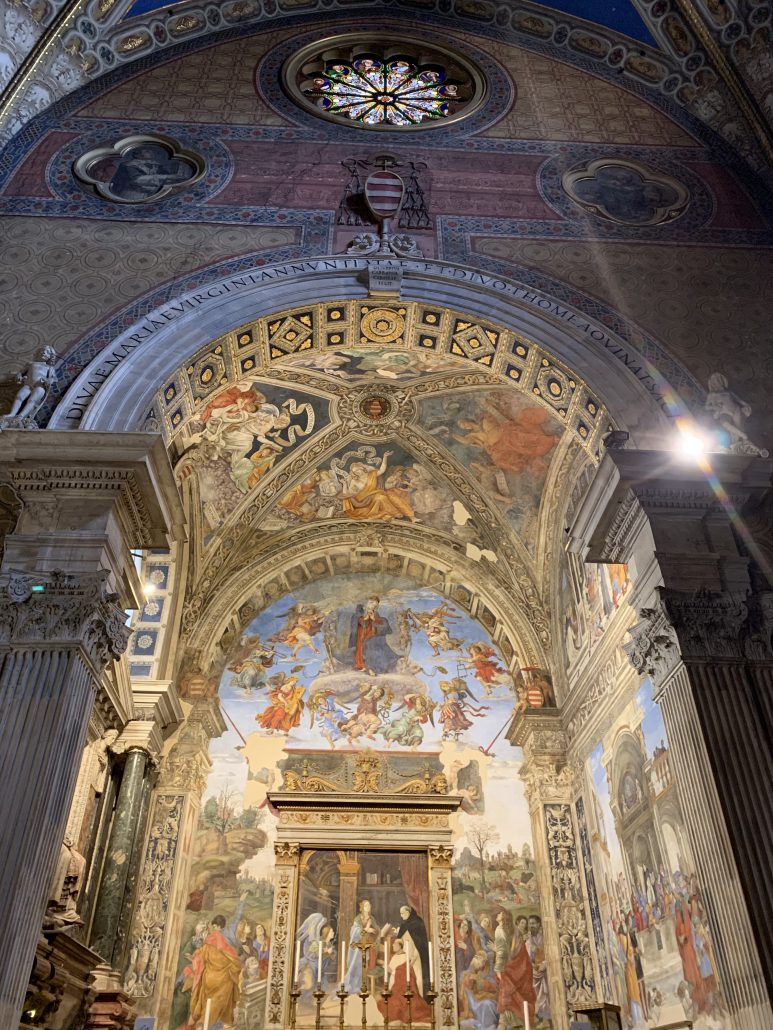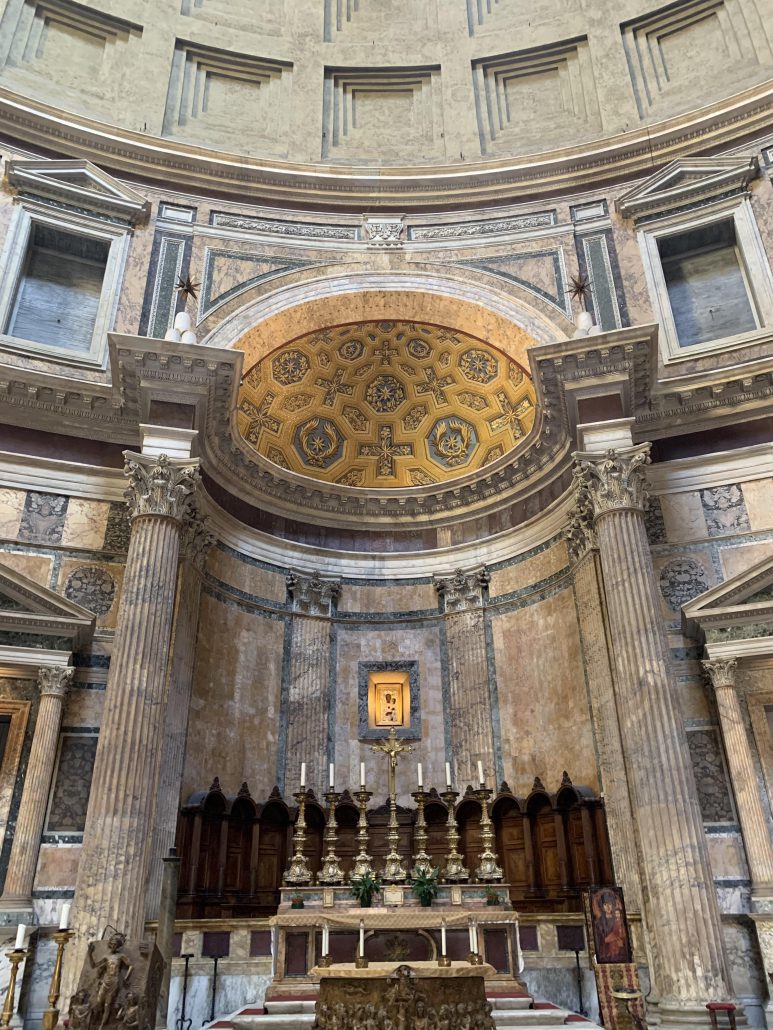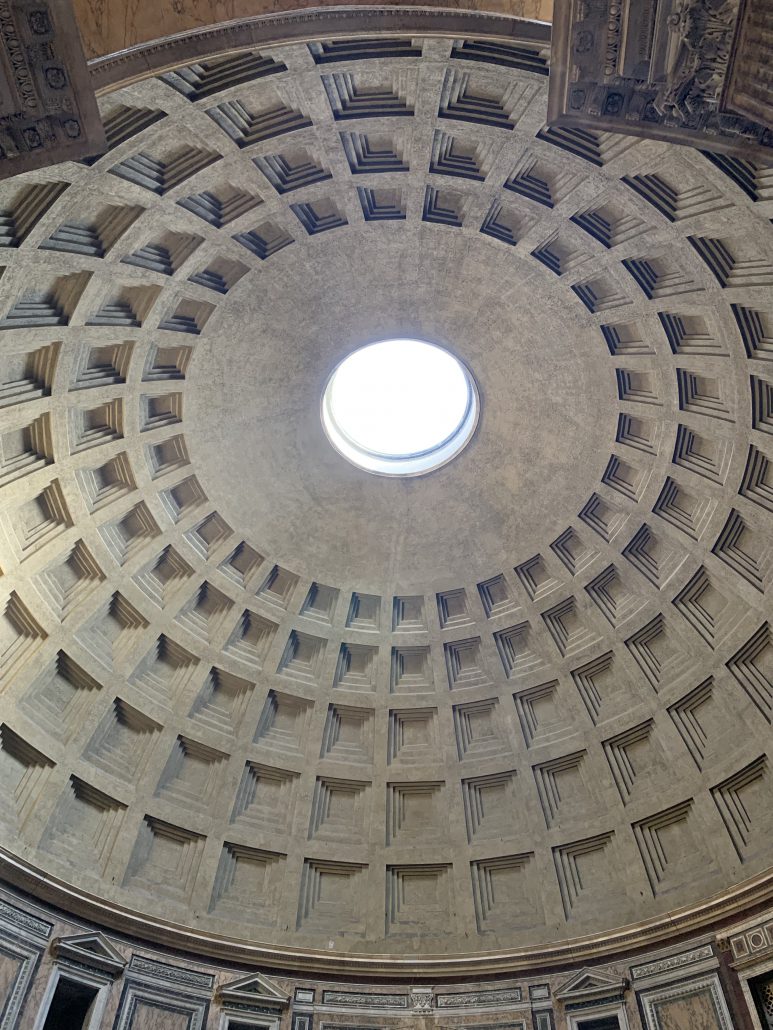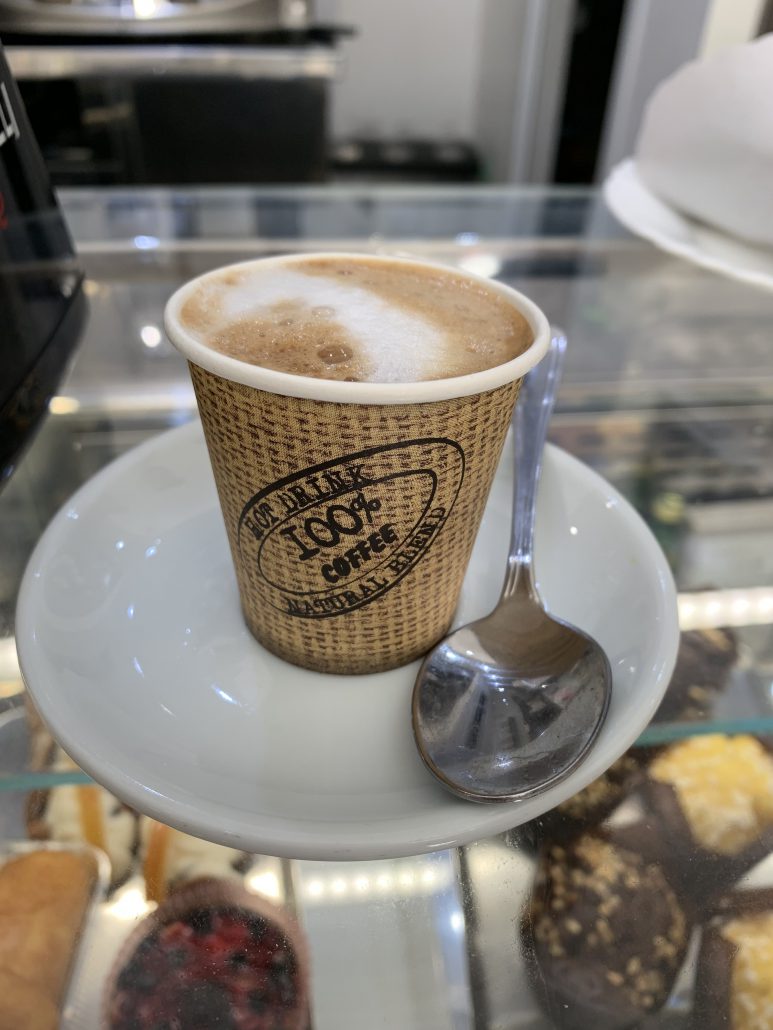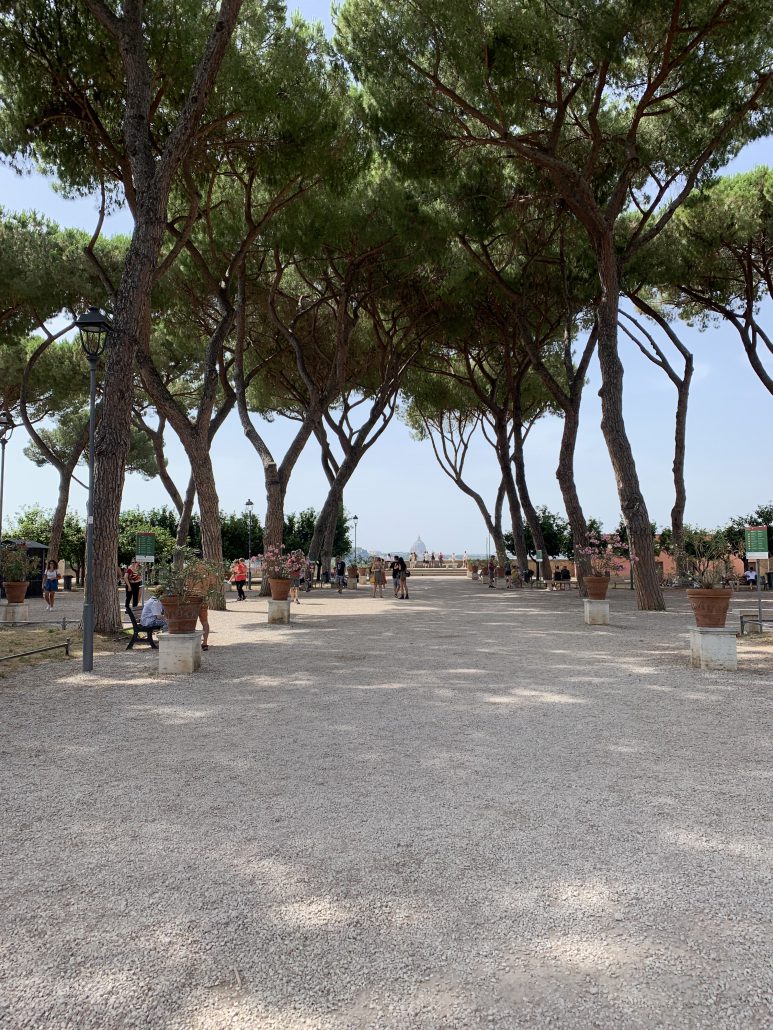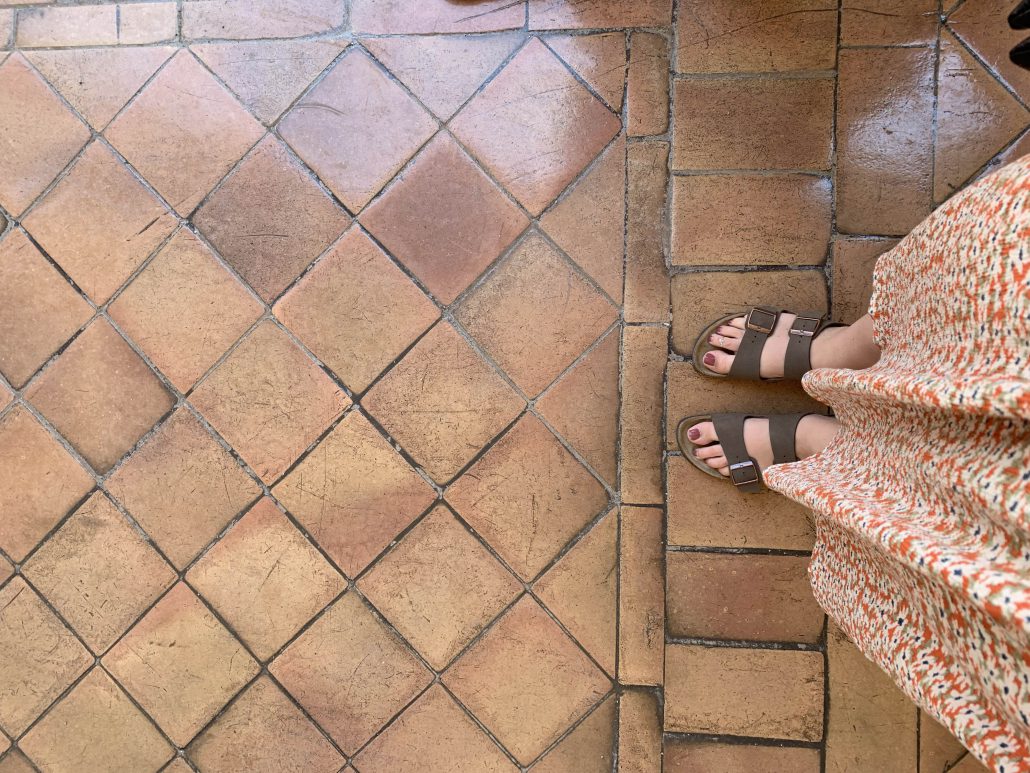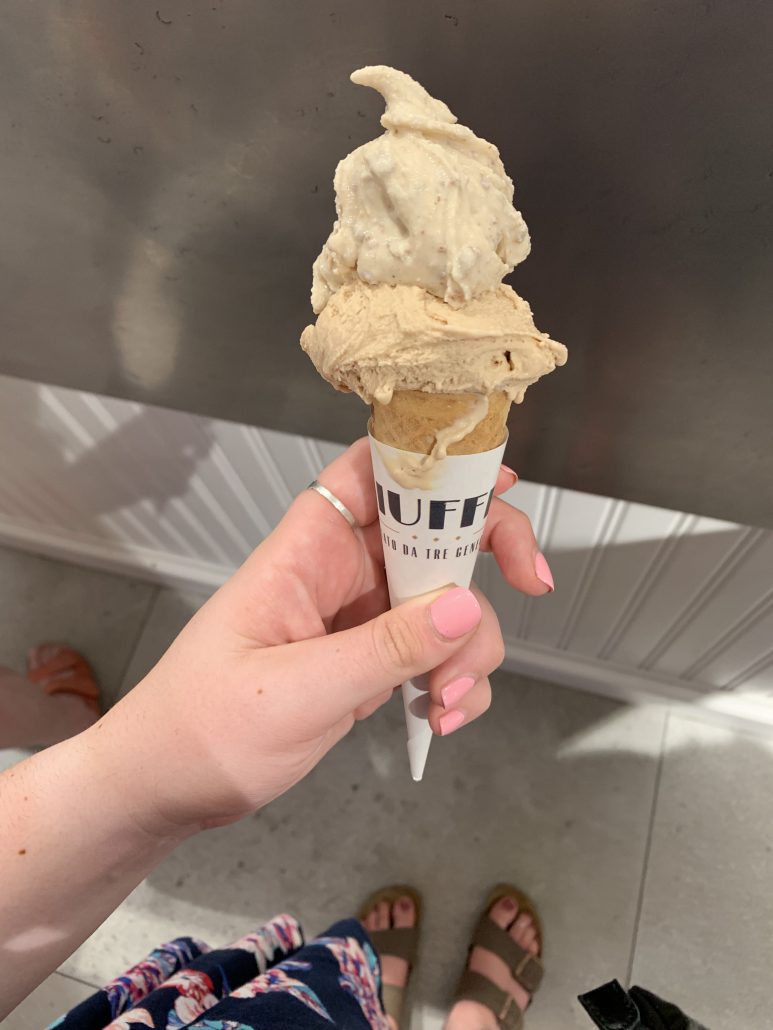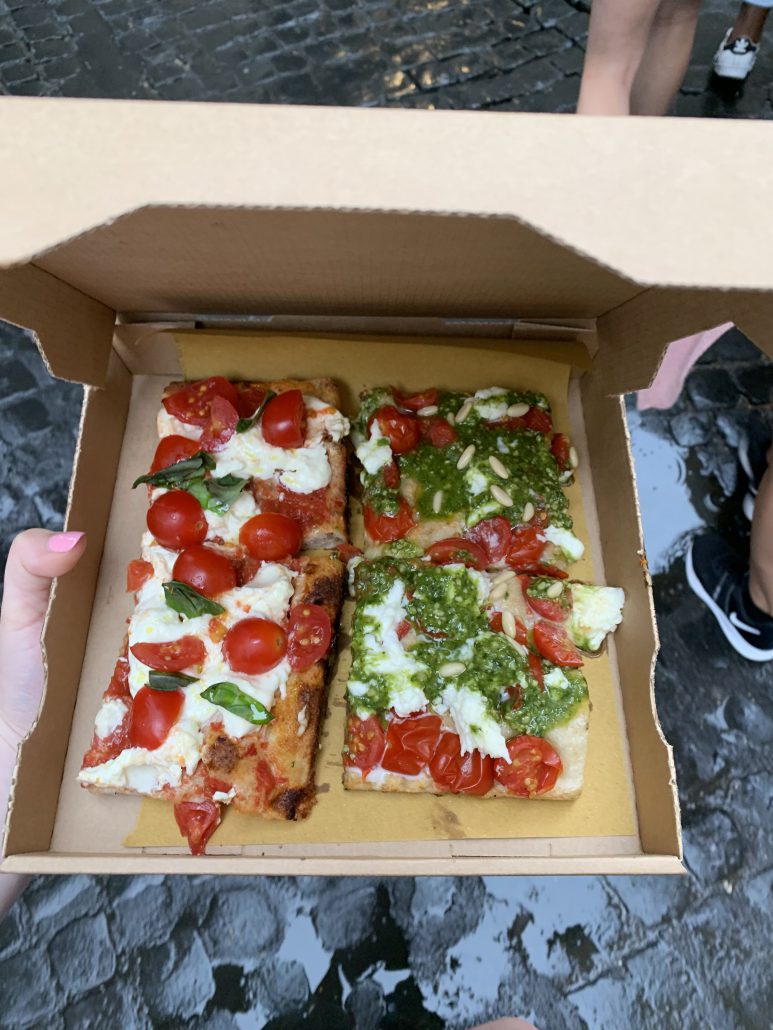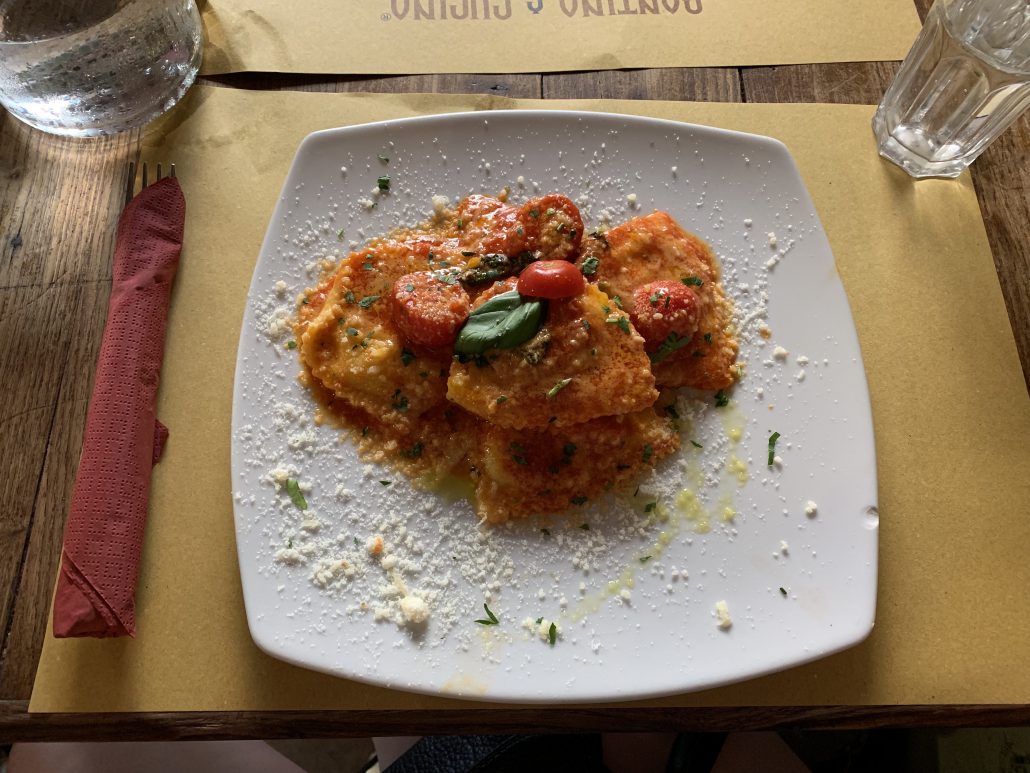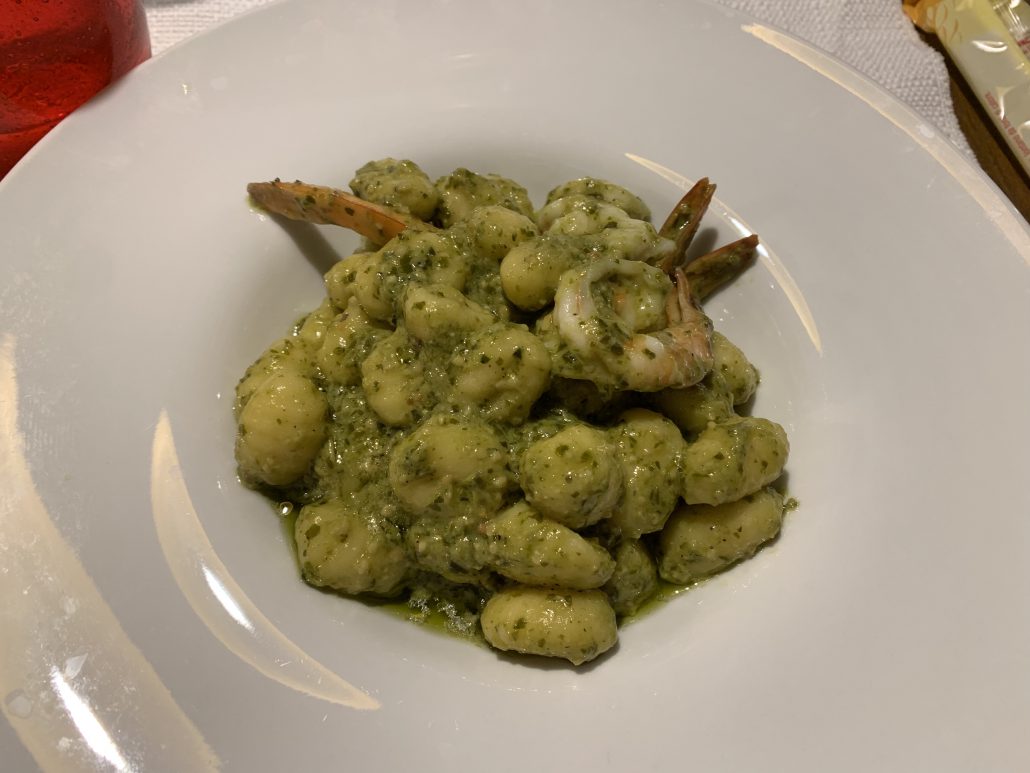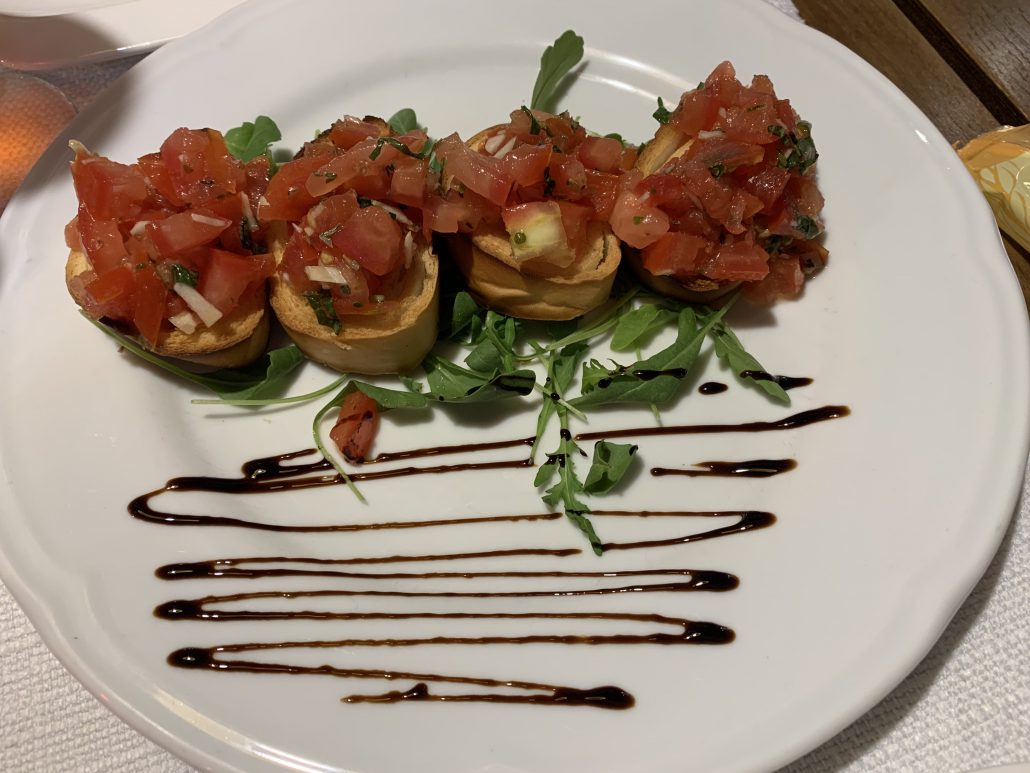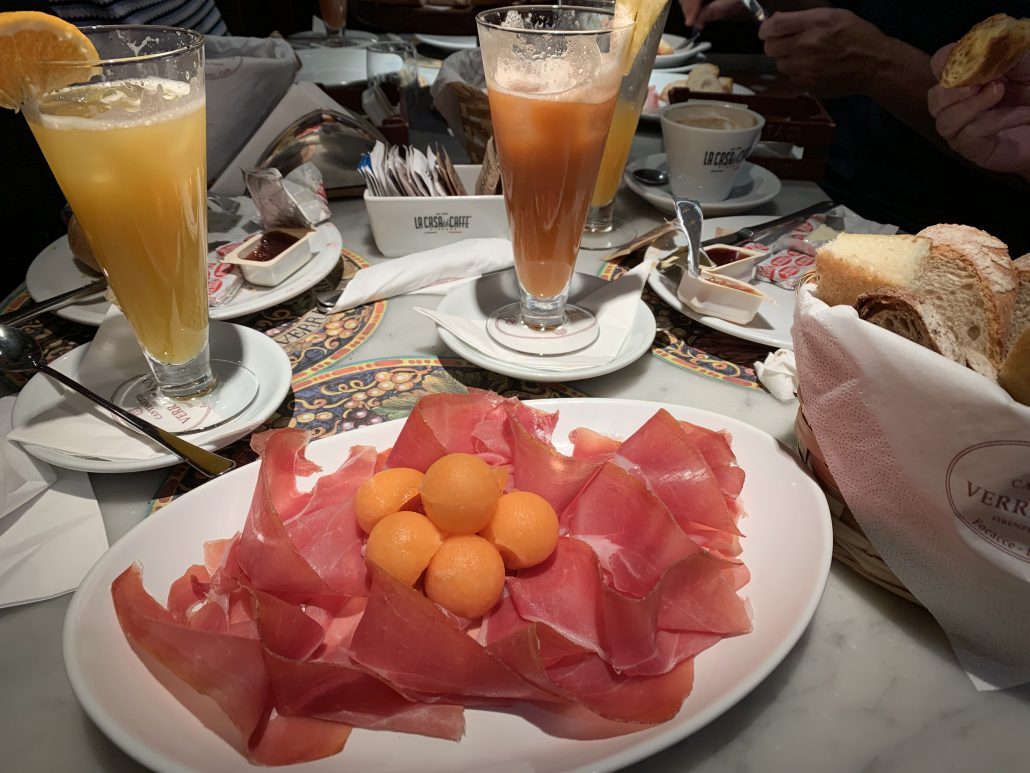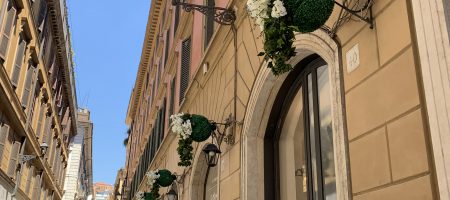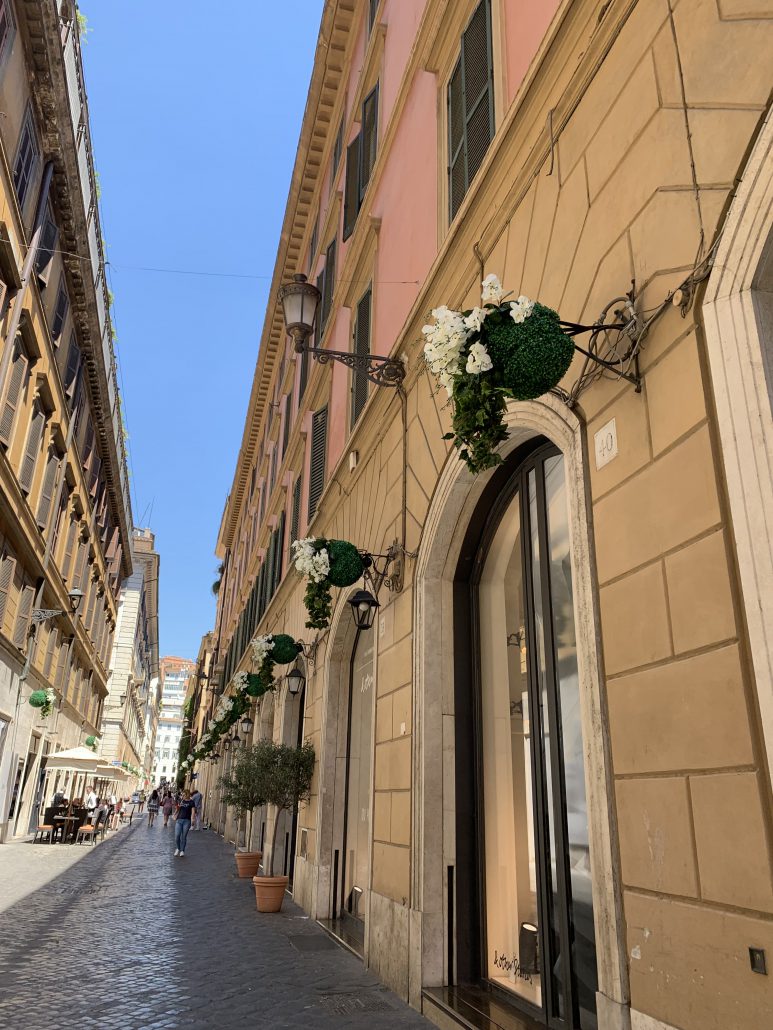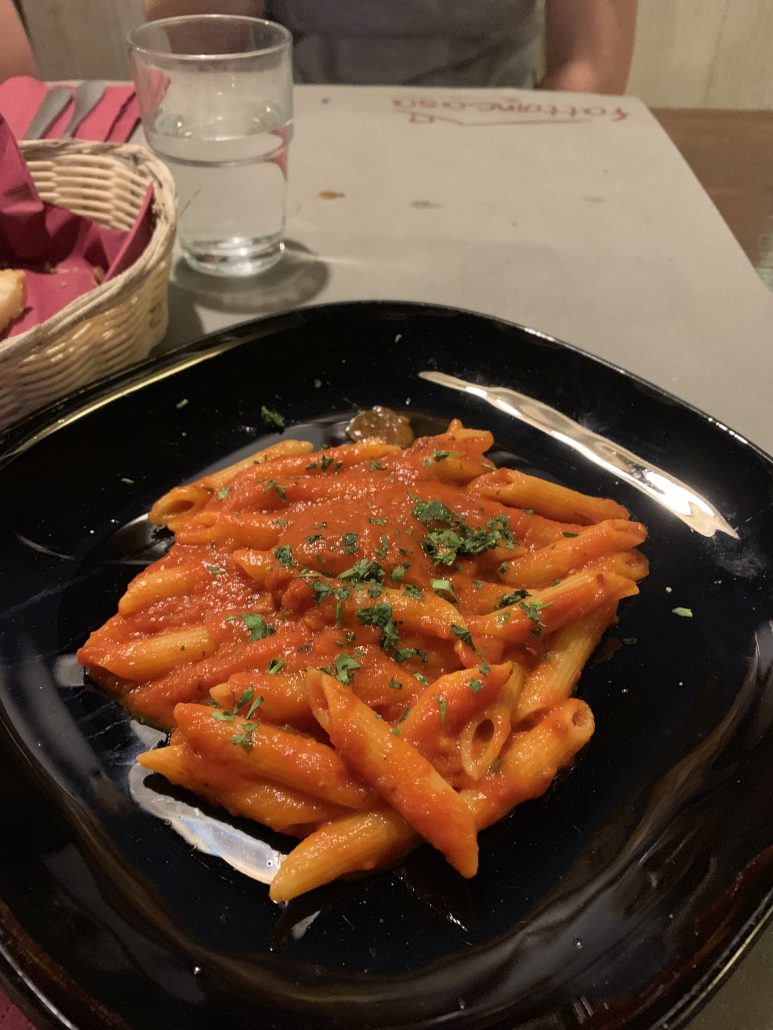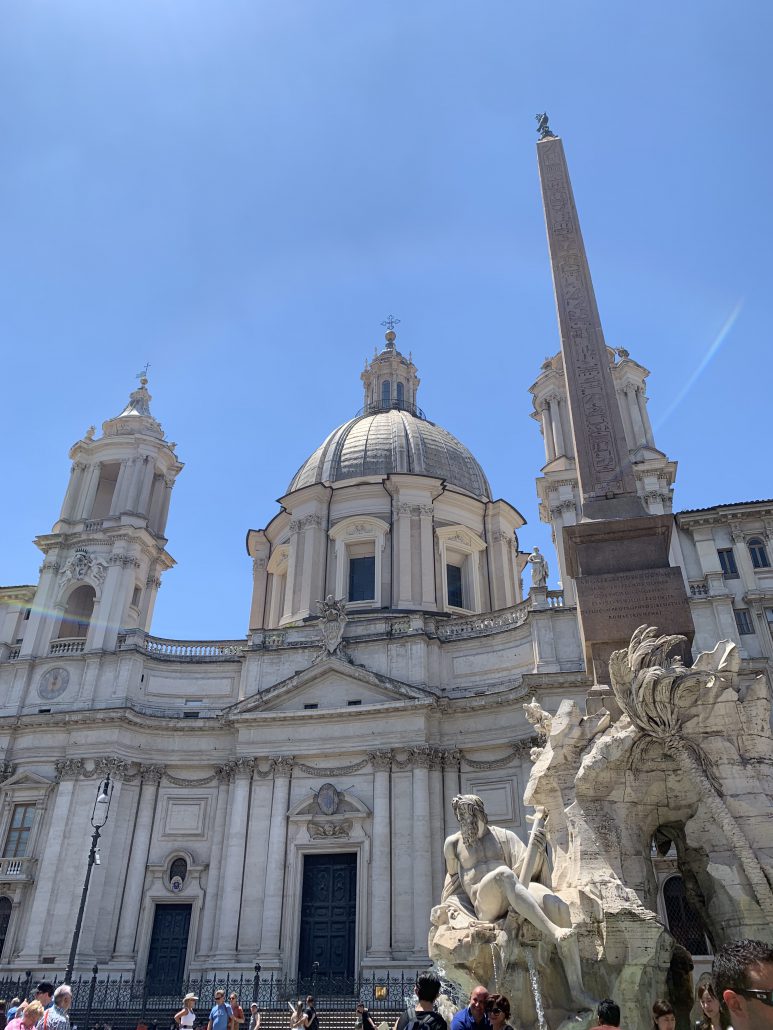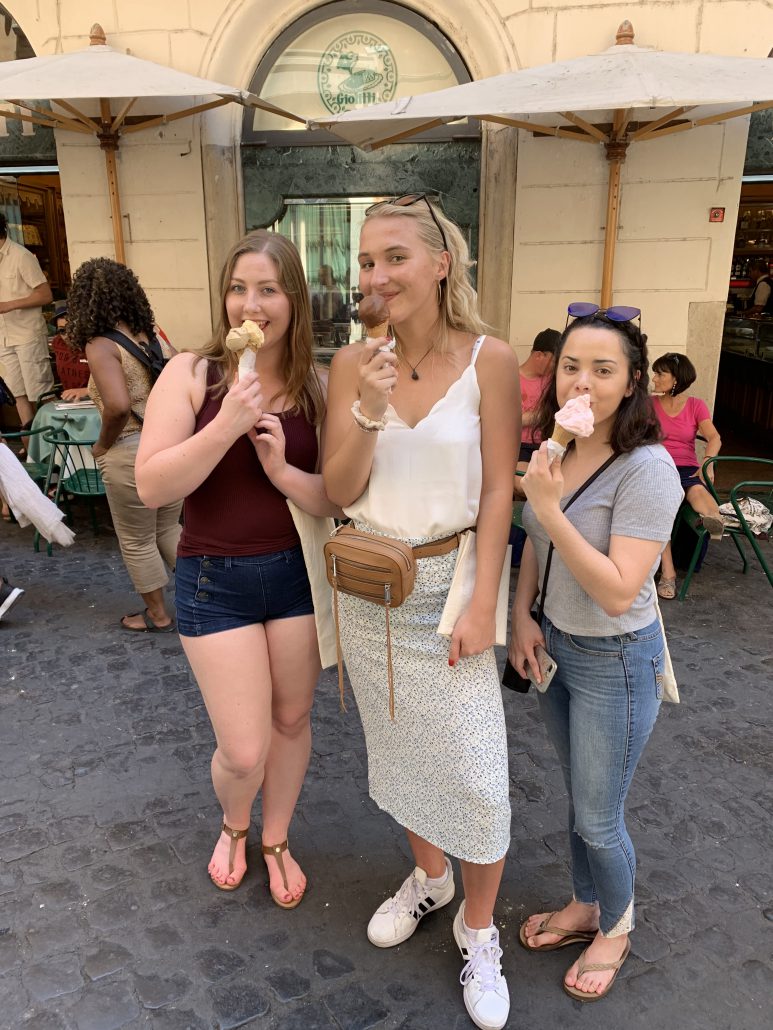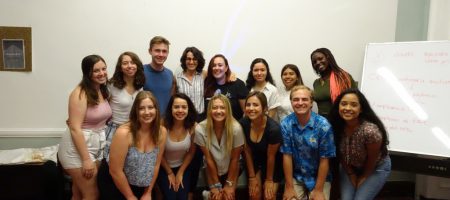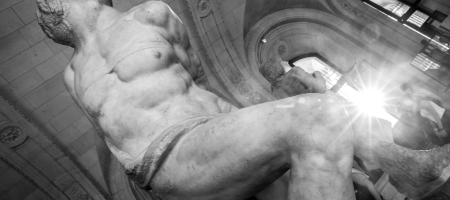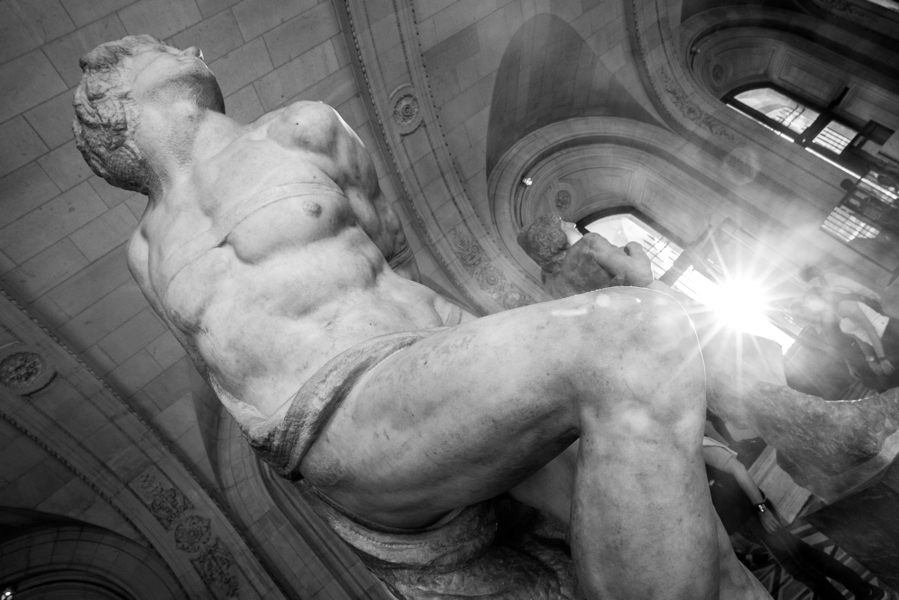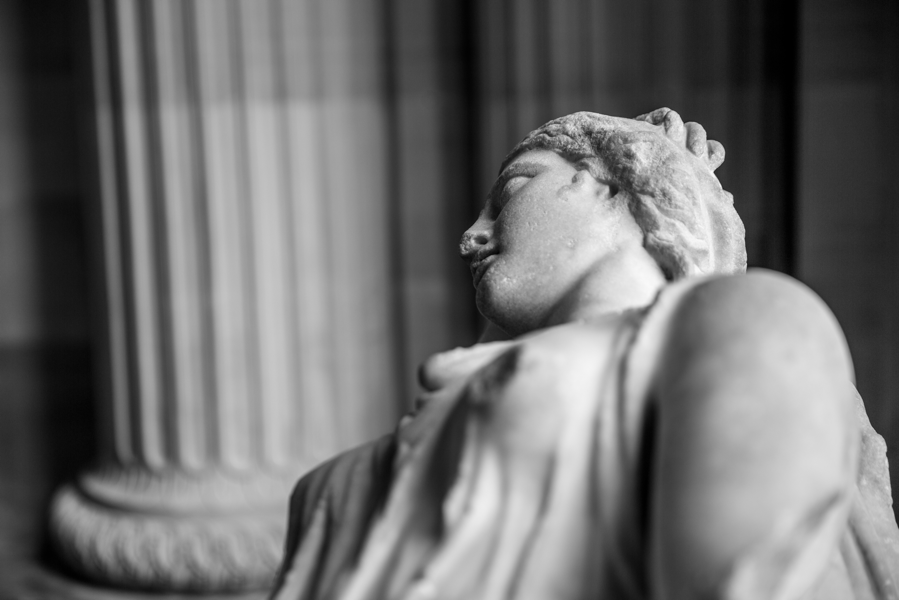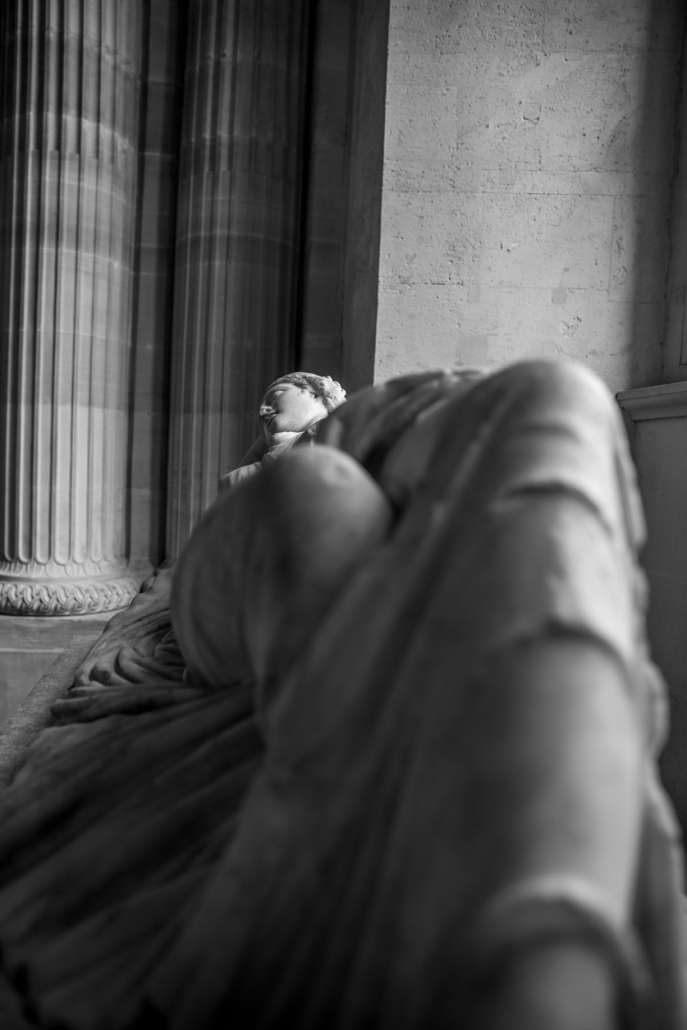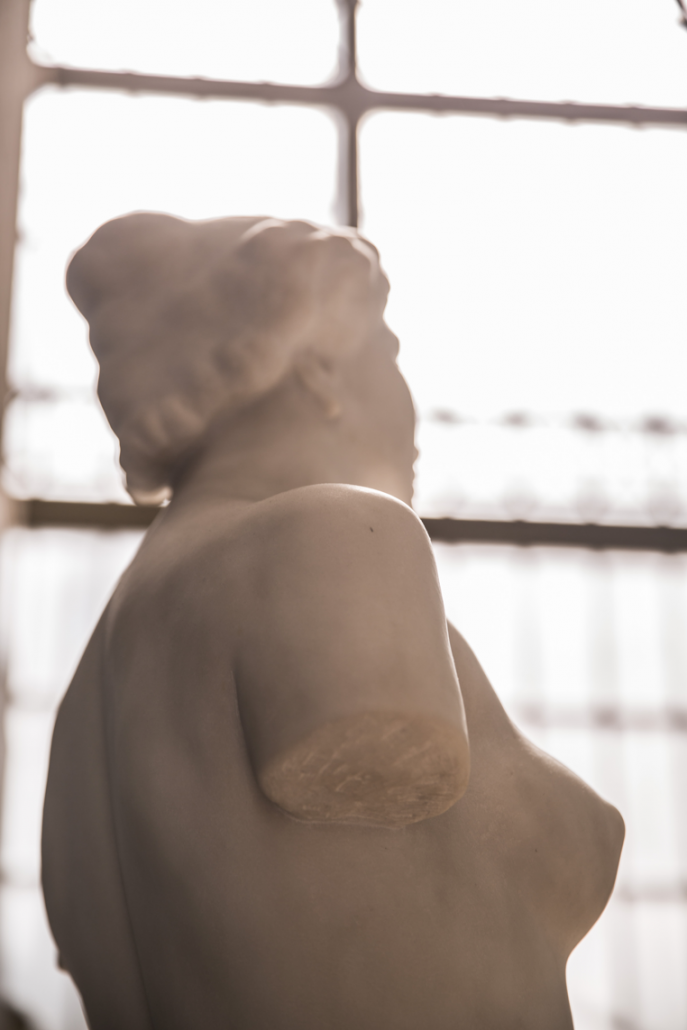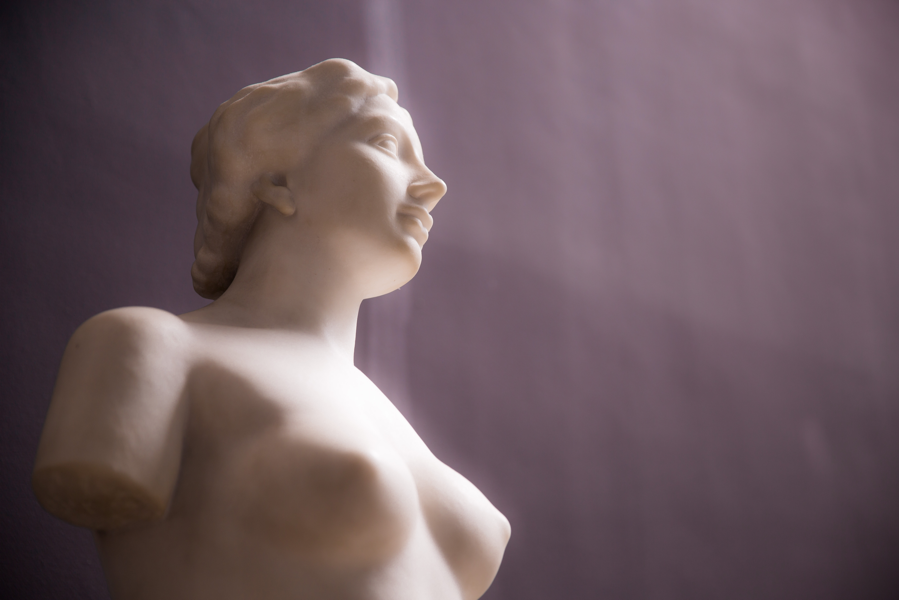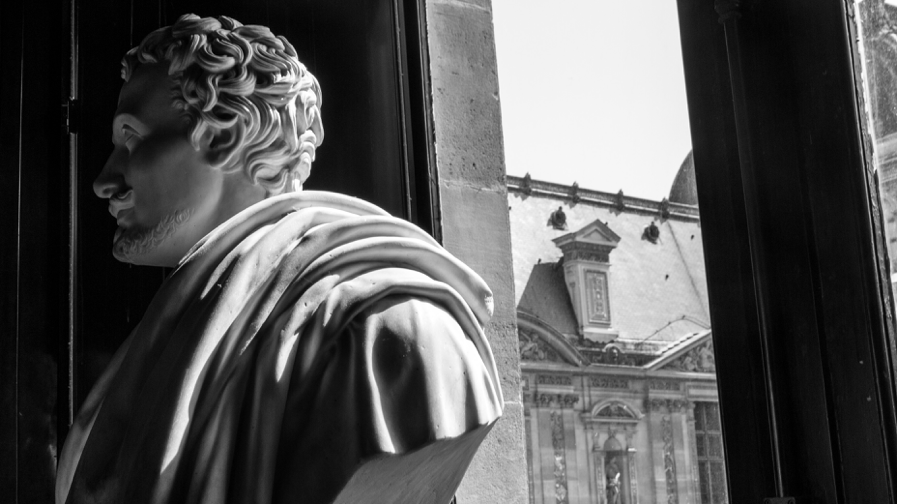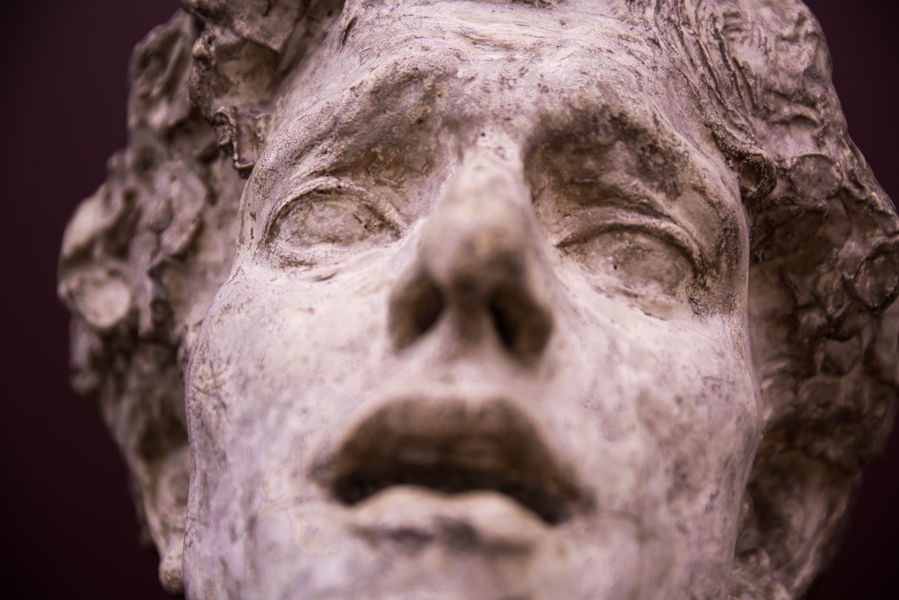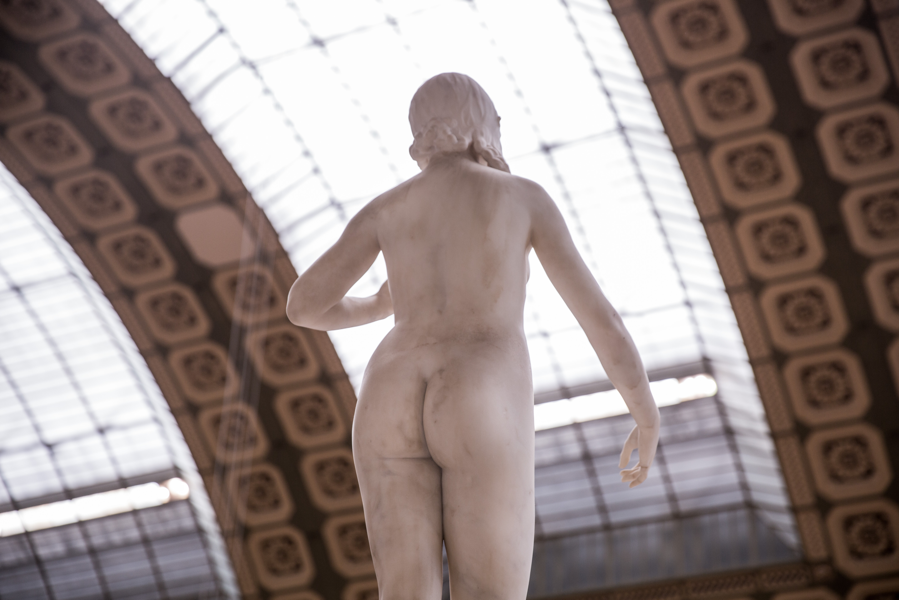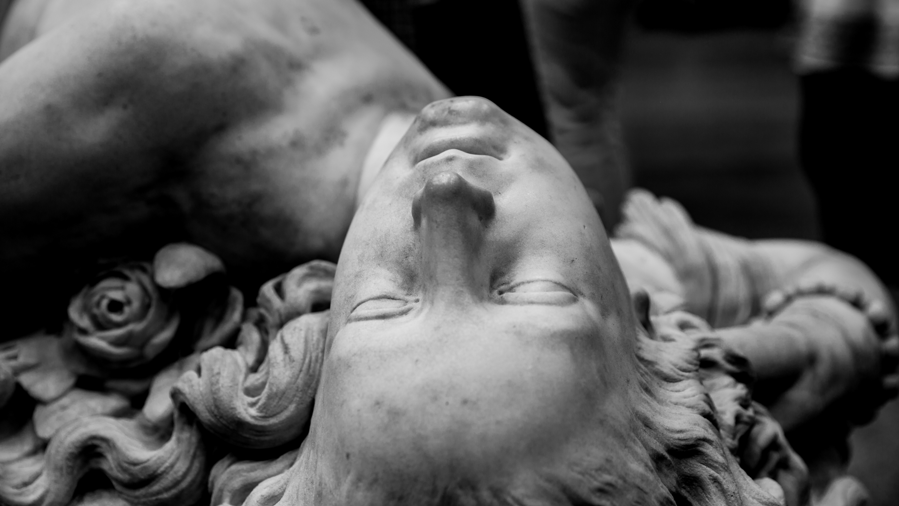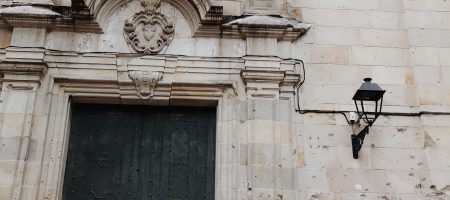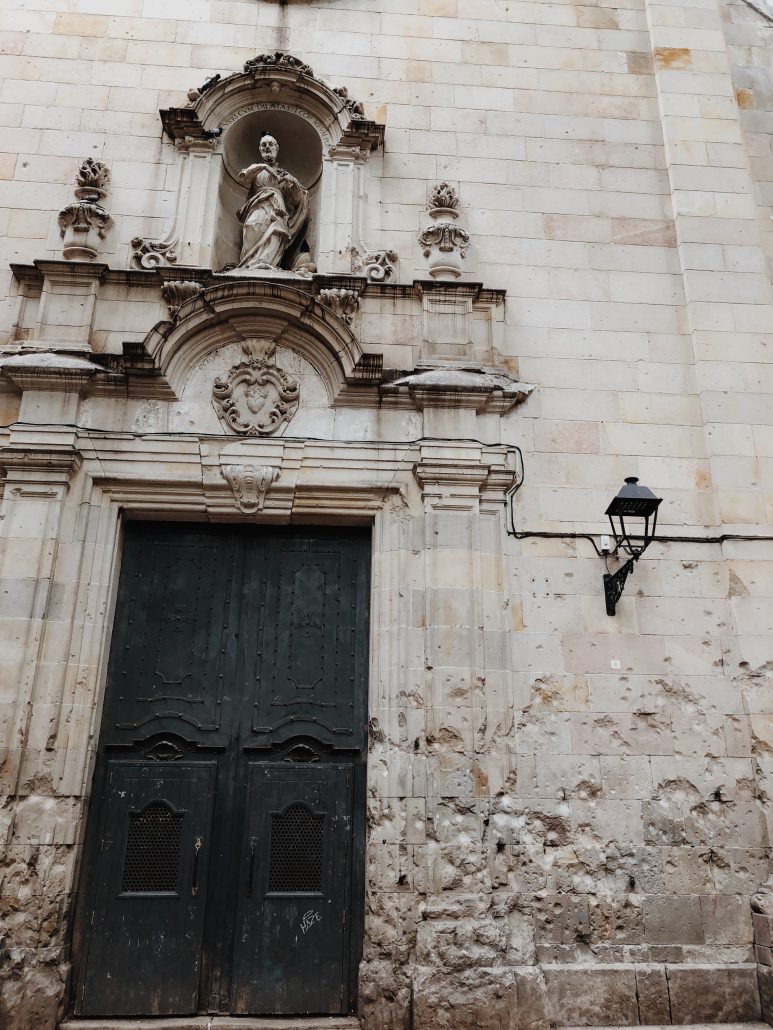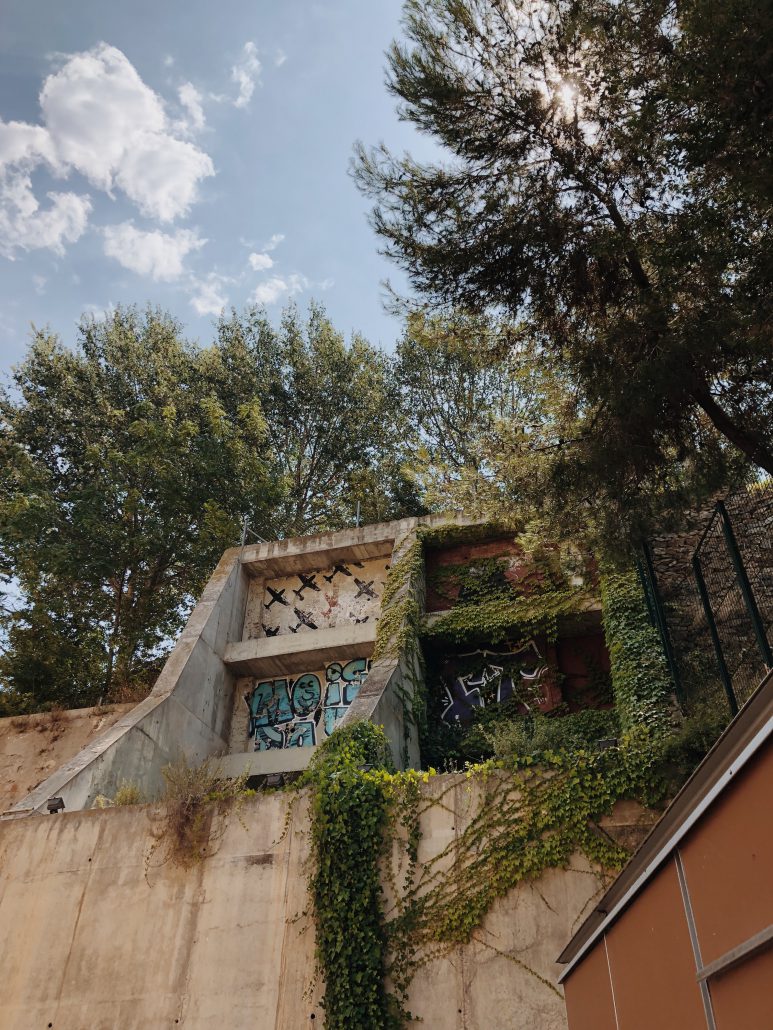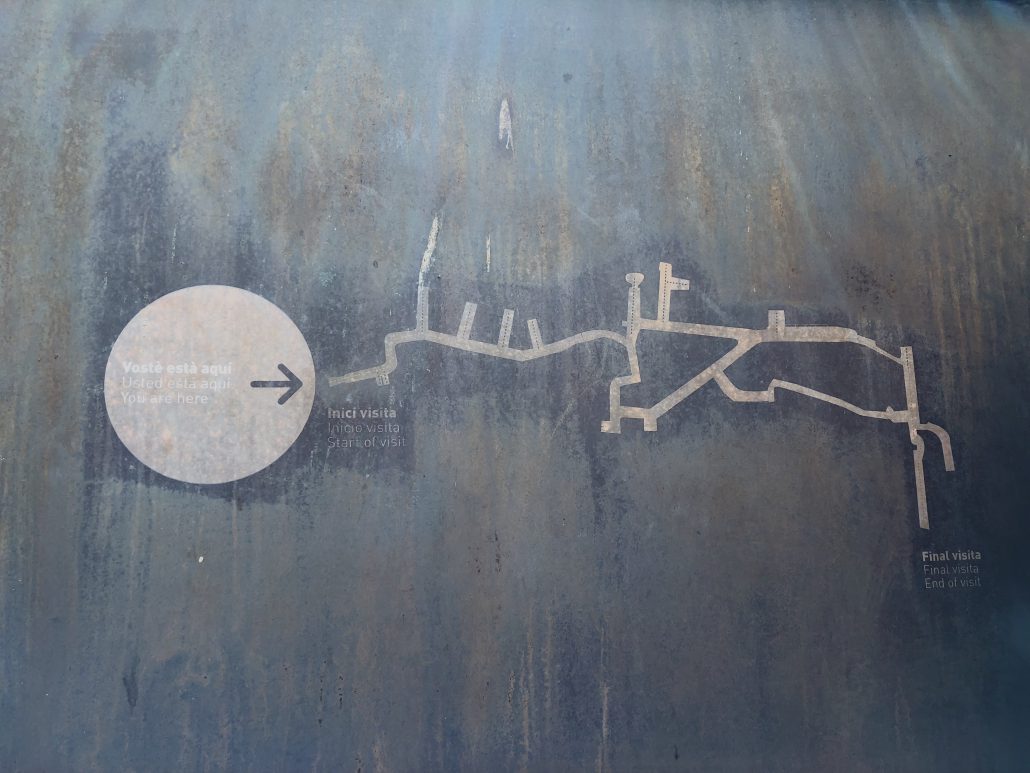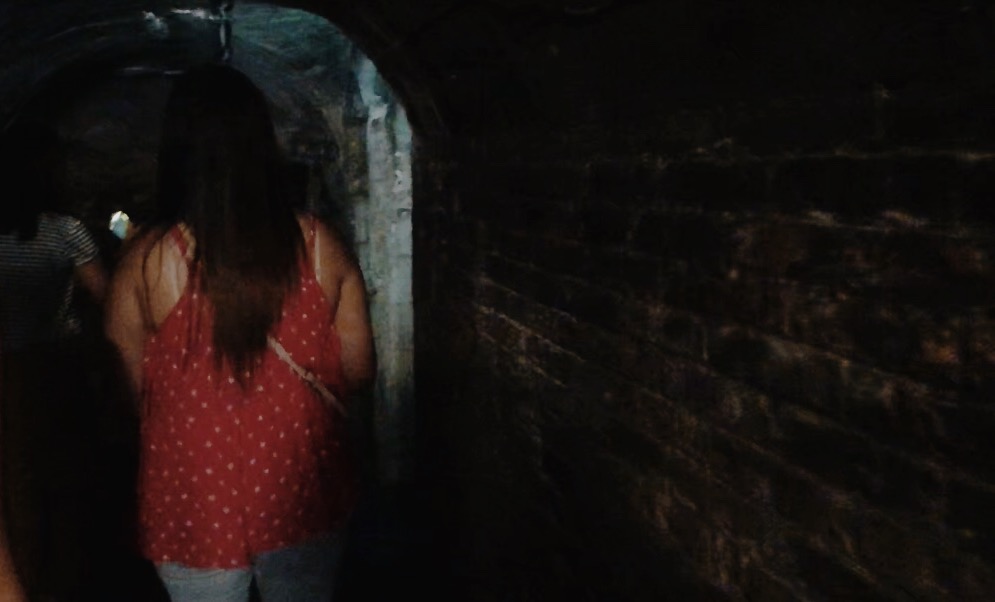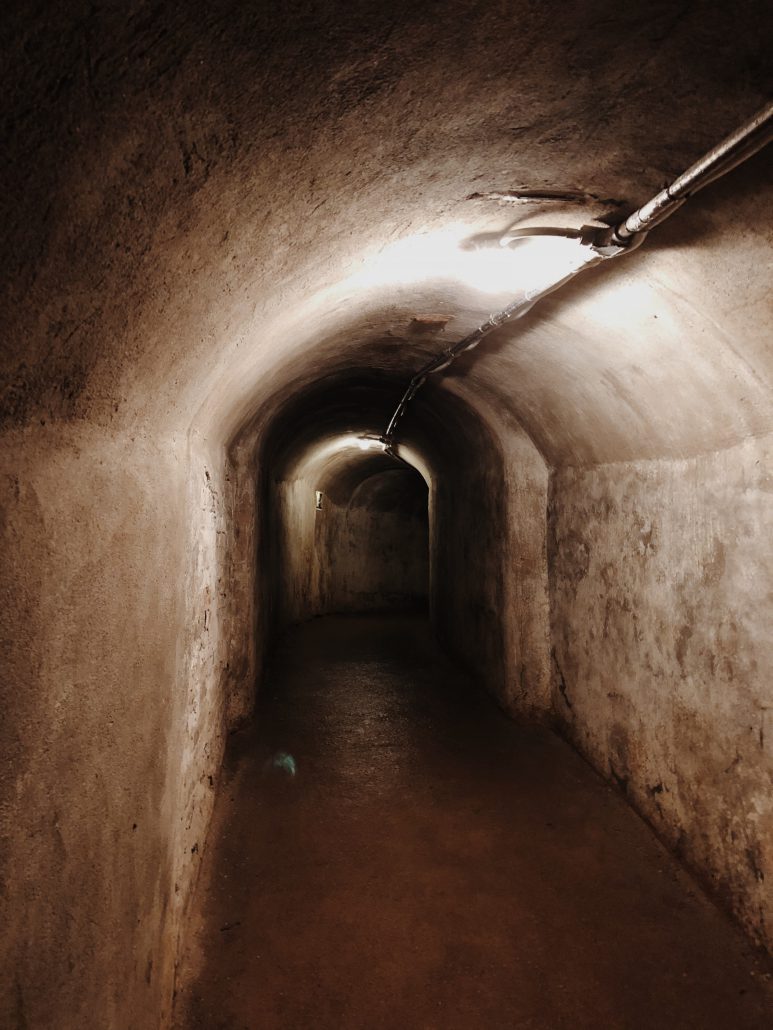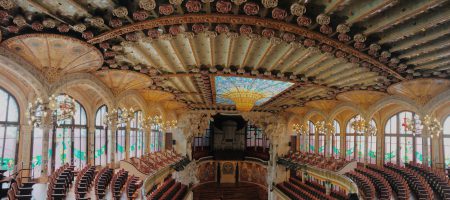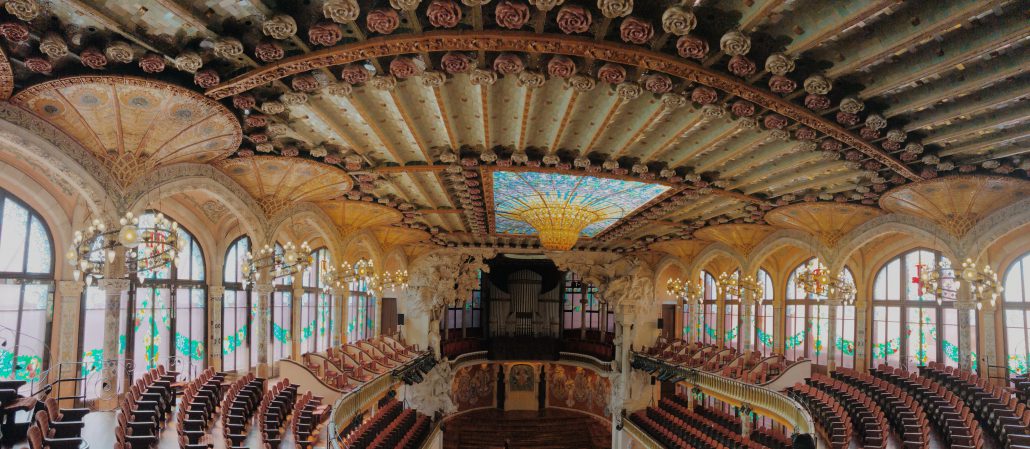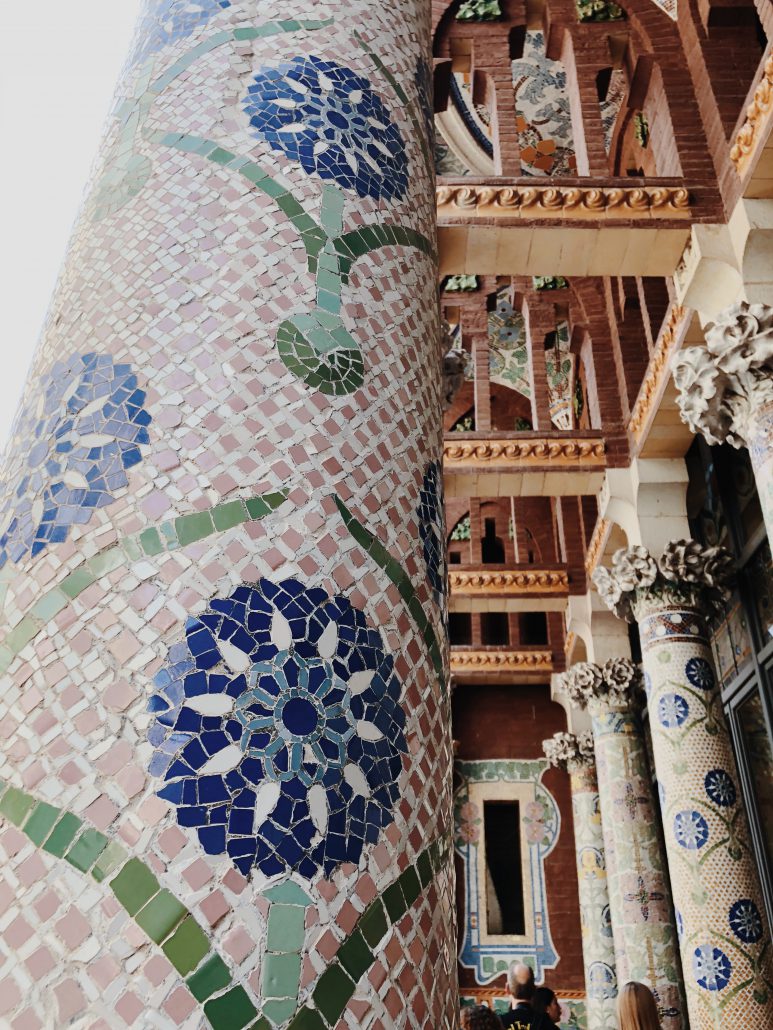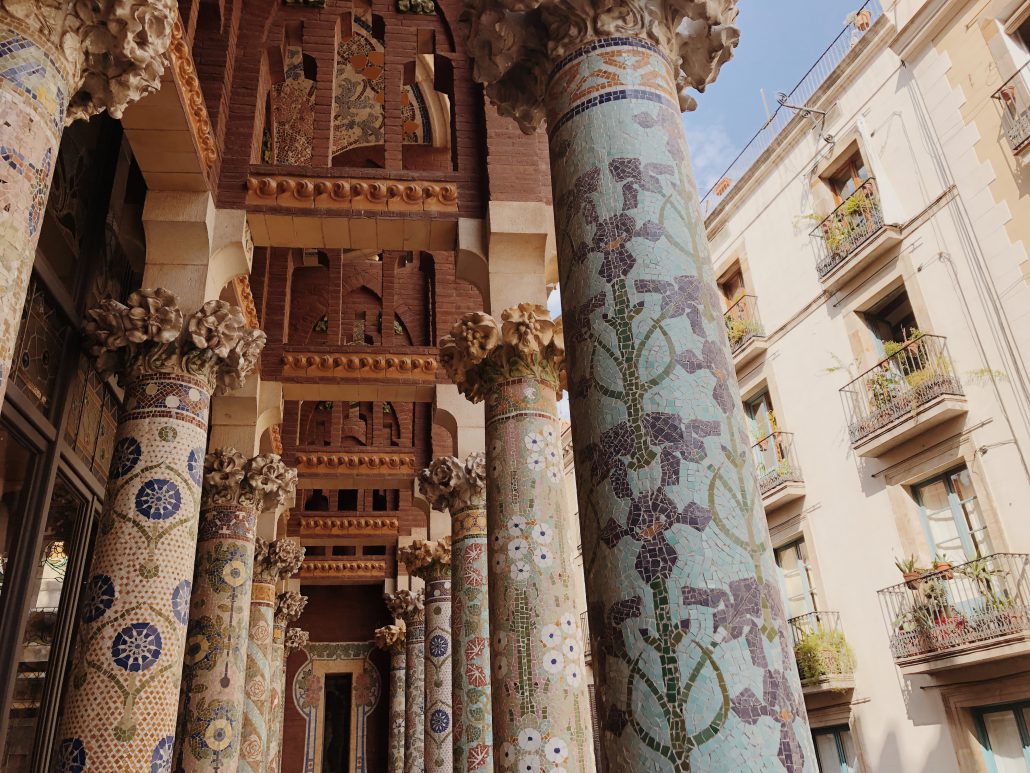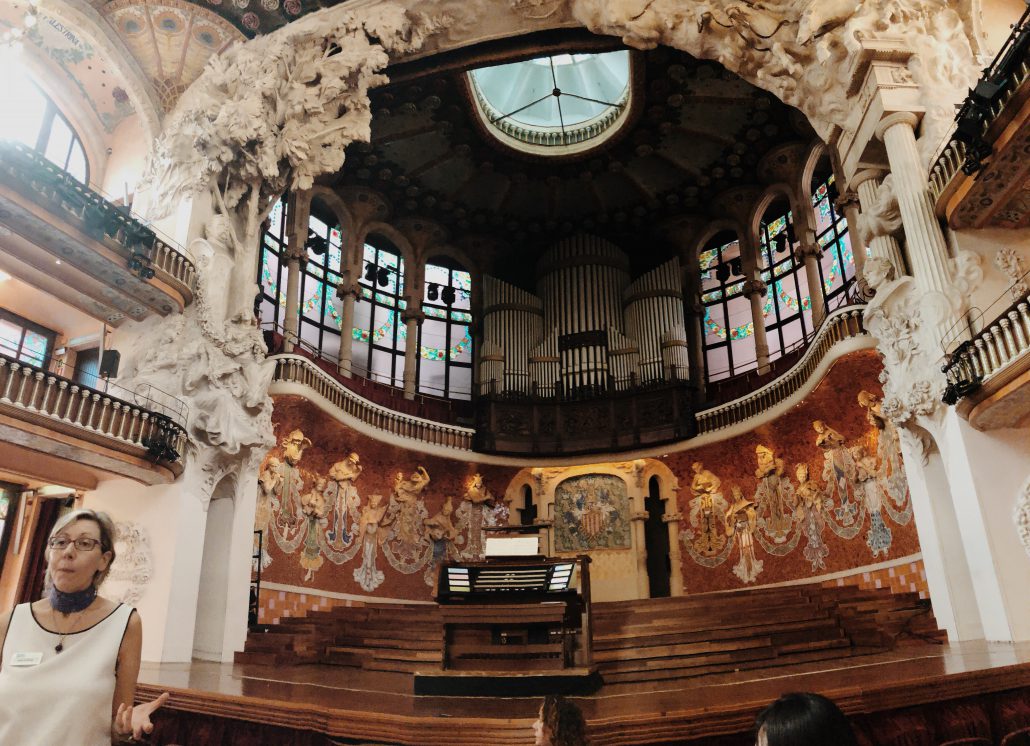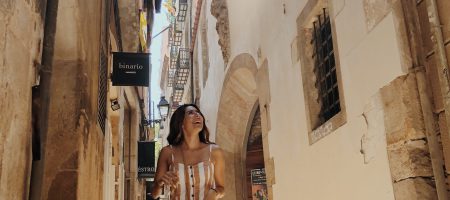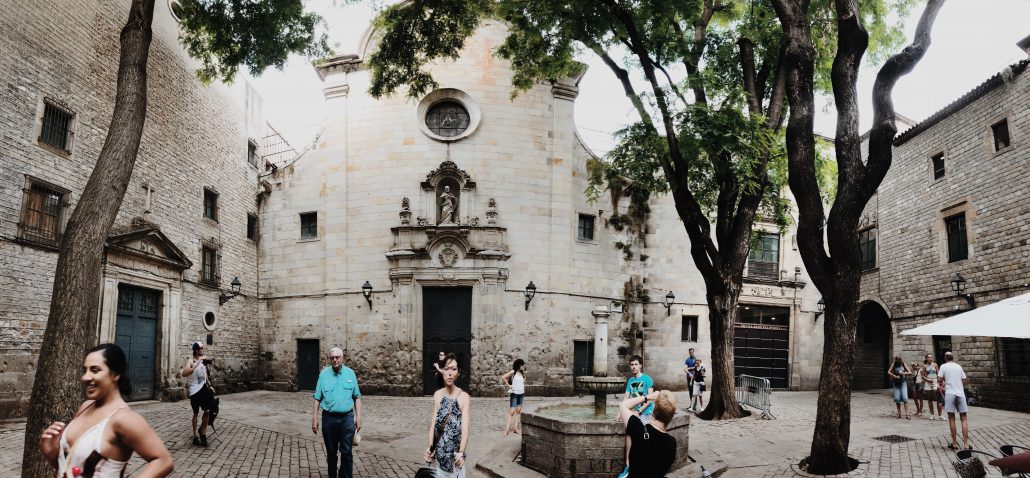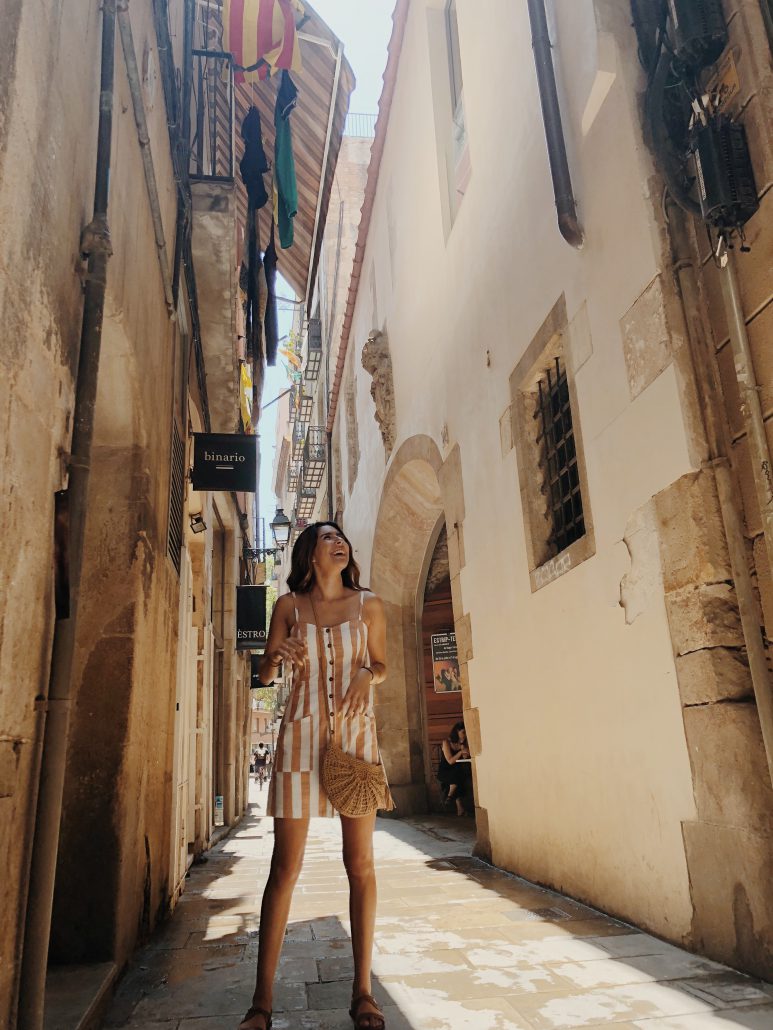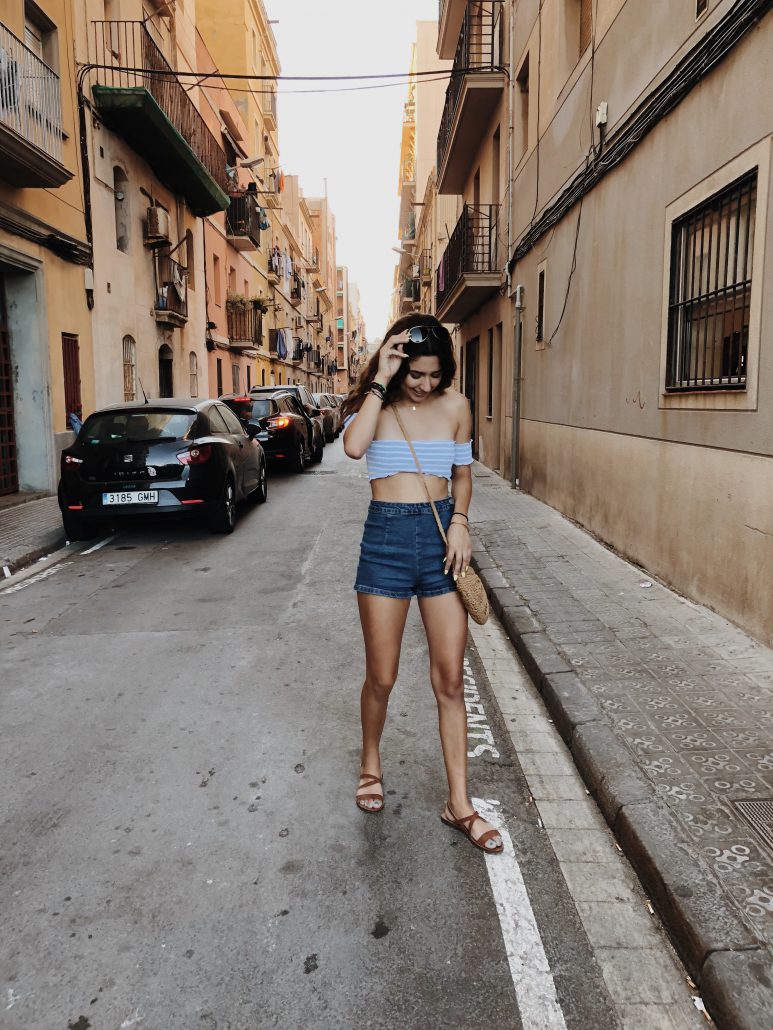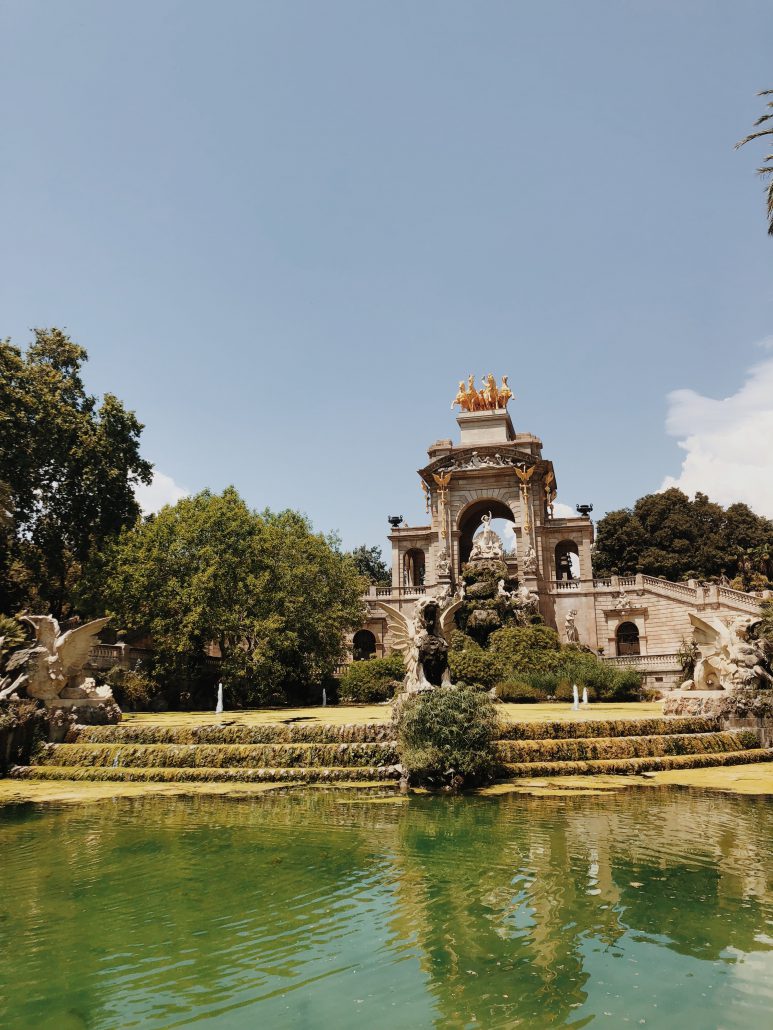Italy | Decisions, Decisions…
By Jessica Helfond
In this blogpost, I thought it was only fitting to tell you how I ended up studying abroad in Rome in the first place. So, that’s exactly what I’m here to do.
My decision to study abroad in Rome was a pretty easy one. For as long as I can remember, Italy has been my #1 travel location. Over the years, I spent hours and hours looking up pictures and tips from other people’s trips to Italy (and yes, I do have a corresponding pinterest board to prove it). From the incredible food, to the beautiful art and architecture, and even to the rich history, I was deeply interested in and excited by Italy.
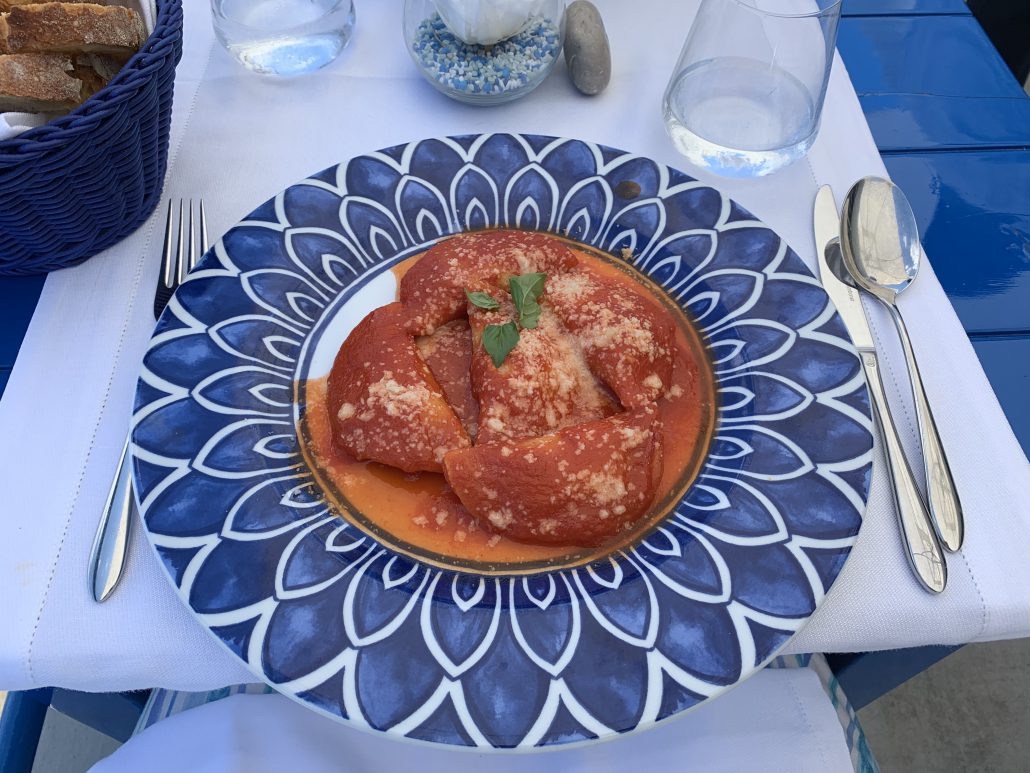
When I was in high school, I learned about studying abroad in college. I always thought that would be so cool. Taking classes in a foreign country? What’s not to love about that? So, I knew I had to eventually study abroad in college. Combine my desire to study abroad with my interest for Italian culture, and that’s when I knew I was going to somehow find a way to study abroad in Italy.
And now we fast forward to fall 2018: my first quarter at UCLA. I had been talking to some friends who were a year older than me and were planning on studying abroad the following summer. This sparked my interest. I ended up going back to my dorm, and googling studying abroad during the summer at UCLA. And that’s how I ended up on the UCLA International Education Office webpage. I ended up clicking the summer travel study option and searching by country, and saw that there were two programs in Italy.

After looking at the classes offered by each program, it was clear that the Italian Renaissance and Modernity program was the one for me. Somehow, the classes offered perfectly aligned with the classes I still needed to take at my time at UCLA. I needed a historical analysis GE and to fulfill my language requirement, which were two of the three classes available to take during the program (don’t worry, a full blog post on academics is coming soon).
So, I scheduled an appointment with the Italian program coordinator, Jenn. That meeting told me everything I needed to know, from housing accommodations, to tips for traveling abroad, and even to scholarship options. And I’ll be honest, as someone who had never even been out of the country before, I needed all the help I could get. After a few more meetings and several phone calls to my parents, I had registered to study abroad during Summer 2019 in Rome, Italy.

My decision to study abroad in the Italian Renaissance and Modernity program in Rome was easy. It was the perfect location with the perfect classes. I know it isn’t that easy for everyone, but there are plenty of resources to help you figure out where and how to study abroad, starting with UCLA’s advisors. They helped me figure out how to go on an adventure of a lifetime, and I would not have ended up studying abroad without them.
So, even if you have only the slightest interest in studying abroad, do some research. Talk to people. Inquire. It doesn’t hurt to ask around. And who knows, if you do end up studying abroad, it just might end up being one of the best choices you’ve ever made. I know mine was.
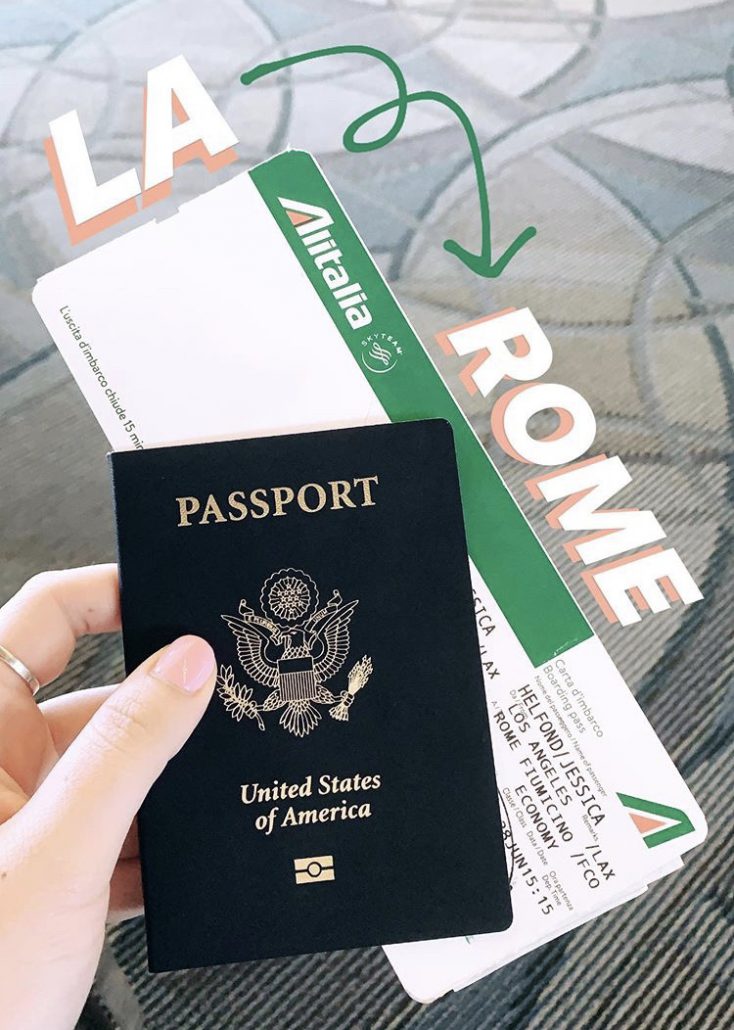
Jessica Helfond studied abroad in Rome in Summer 2019. https://ieo.ucla.edu/travelstudy/italian-rome/


